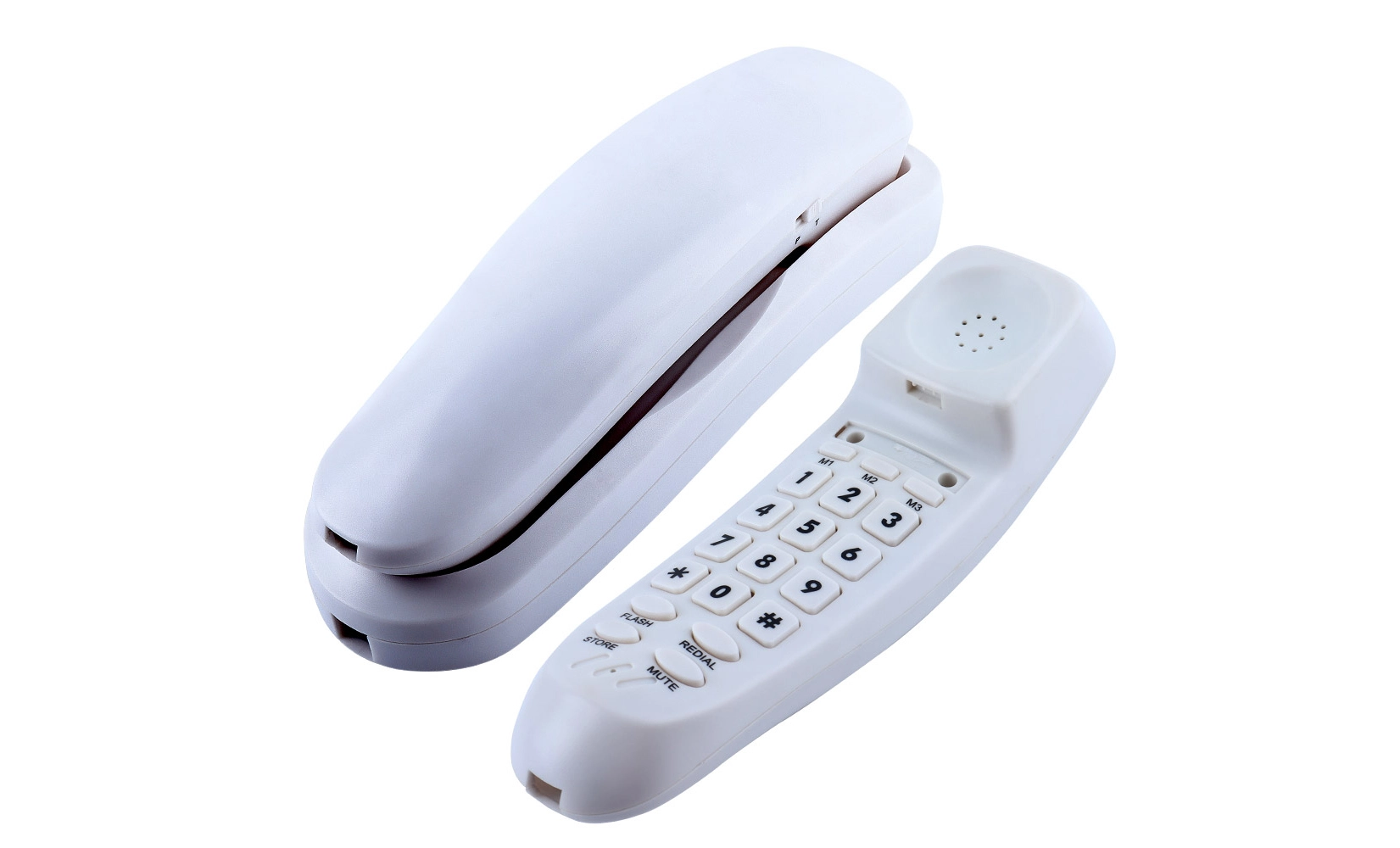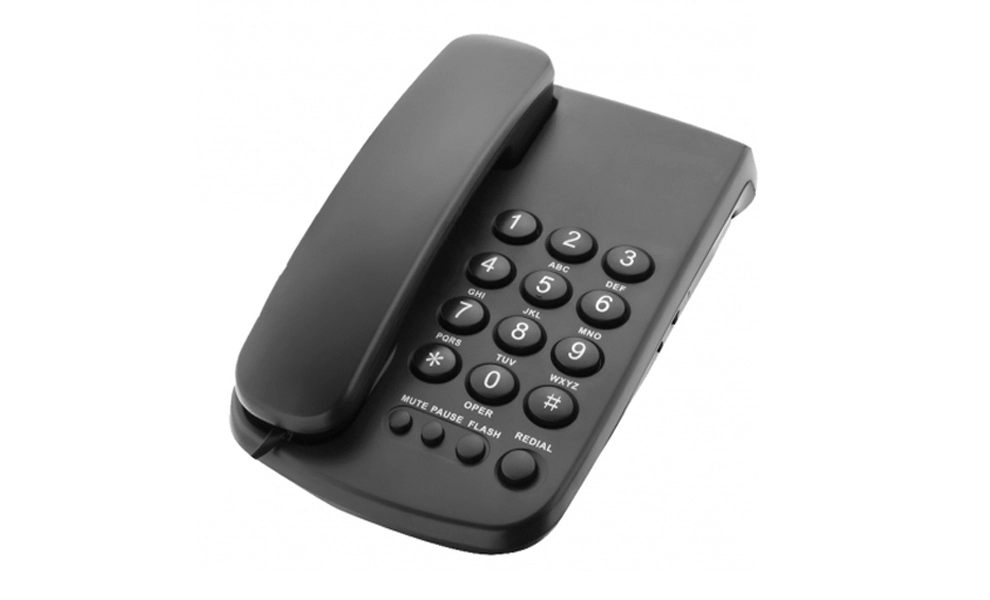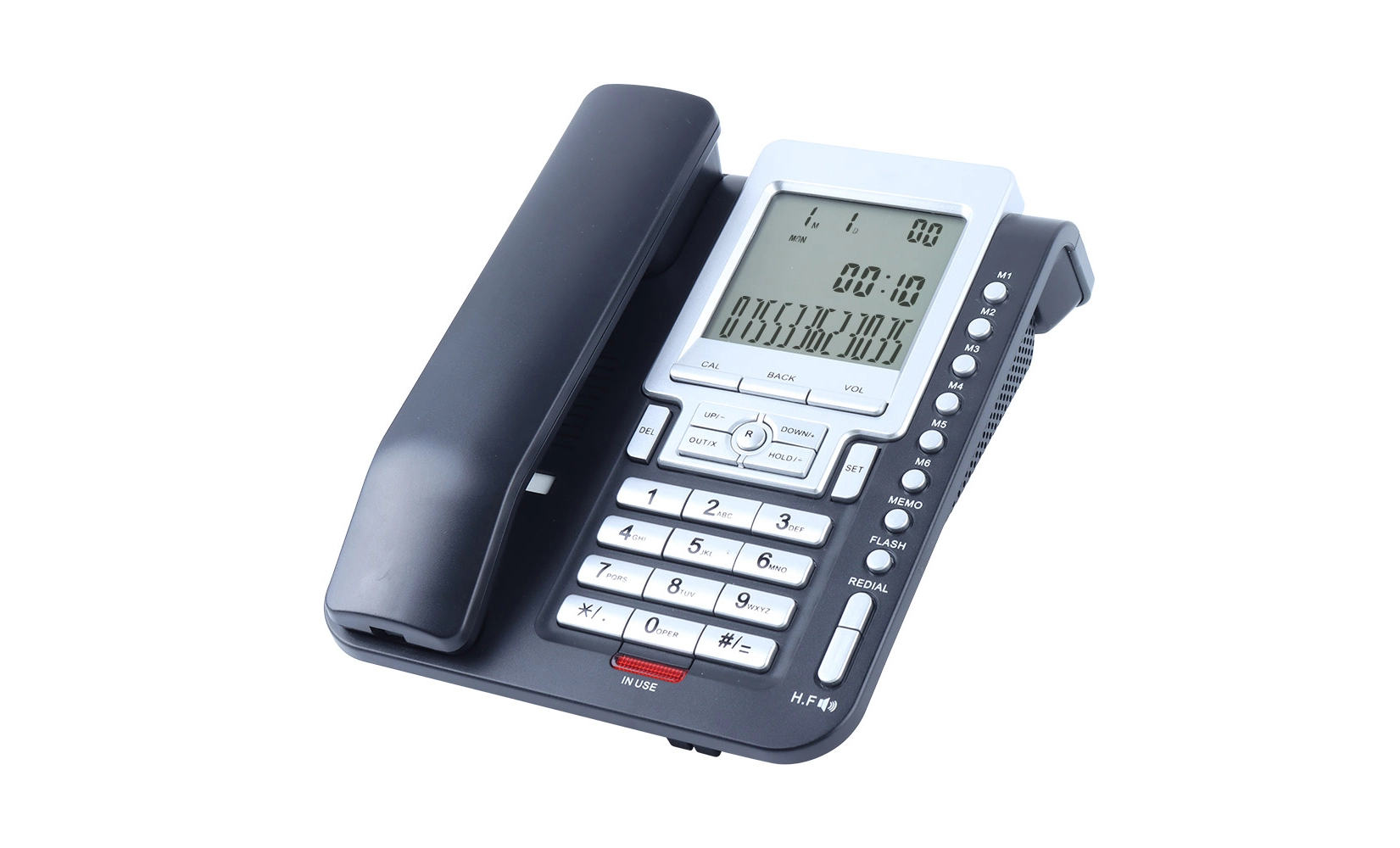Understanding Multi-Line PBX Systems and Their Components
The Core of Business Communication: PBX Systems Explained
Private Branch Exchange (PBX) systems form the backbone of modern business communication. These sophisticated networks allow multiple phone lines to connect internally and externally, facilitating efficient call management. At its core, a PBX system acts as a centralized hub, routing calls and managing various communication features. This centralization not only enhances call quality but also provides businesses with advanced functionalities like call forwarding, voicemail, and conference calling.
Multi-line PBX office phones are the endpoints of this system, designed to handle multiple lines simultaneously. These devices come equipped with features such as line selection buttons, programmable keys, and high-quality speakerphones. The integration of these phones with the PBX system creates a cohesive communication ecosystem, enabling businesses to manage high call volumes effectively.
Essential Components of a Multi-Line PBX Setup
A robust multi-line PBX setup comprises several key components working in harmony. The central PBX unit serves as the system's brain, processing calls and managing various features. This unit connects to the public switched telephone network (PSTN) or Voice over Internet Protocol (VoIP) services, providing external connectivity.
Multi-line desk phones are crucial endpoints, offering users access to multiple lines and advanced features. These phones typically include LCD displays, programmable buttons, and ergonomic designs for comfortable use. Supporting these phones are various hardware elements such as power supplies, network switches, and patch panels.
Cabling infrastructure plays a vital role in connecting all components. High-quality Ethernet cables, often Cat6 or higher, ensure reliable data transmission. For larger setups, fiber optic cables may be employed to cover greater distances without signal degradation. The proper selection and installation of these components are essential for a well-functioning multi-line PBX system.
Best Practices for Wiring Multi-Line PBX Office Phones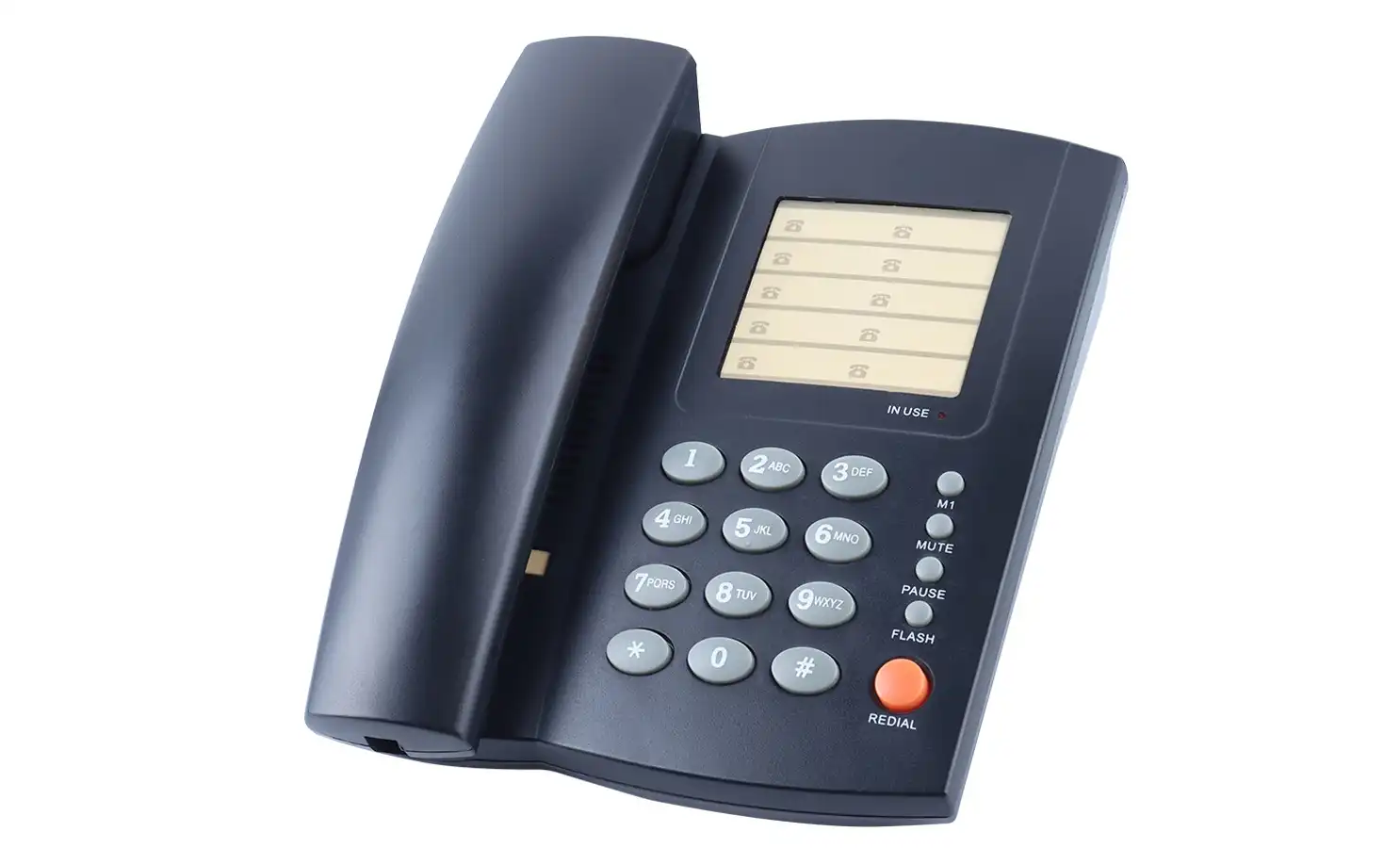
Planning and Designing the Wiring Layout
Effective wiring of multi-line PBX office phones begins with meticulous planning. A well-designed layout ensures optimal performance and scalability. Start by creating a detailed floor plan that marks the locations of all phones, network closets, and cable routes. Consider factors such as cable length limitations, potential interference sources, and future expansion needs.
Implement a structured cabling system that separates voice and data networks. This approach enhances network performance and simplifies troubleshooting. Design cable routes that avoid potential hazards like water sources or areas with high electromagnetic interference. Proper planning at this stage can significantly reduce installation time and future maintenance issues.
Cable Selection and Installation Techniques
Choosing the right cables is crucial for ensuring reliable communication. For most modern multi-line PBX systems, Cat6 or Cat6a Ethernet cables are recommended. These cables offer excellent bandwidth and can support Power over Ethernet (PoE) for compatible phones. In environments with severe electromagnetic interference, shielded cables may be necessary.
During installation, adhere to industry best practices. Maintain proper bend radii to prevent cable damage and signal degradation. Use cable management systems like J-hooks or cable trays to support and organize cables. Label all cables clearly at both ends for easy identification during maintenance or troubleshooting.
Power Considerations and PoE Implementation
Power management is a critical aspect of multi-line PBX phone deployment. Many modern office phones support Power over Ethernet (PoE), which simplifies installation by eliminating the need for separate power cables. When implementing PoE, ensure that your network switches or PoE injectors can provide sufficient power for all connected devices.
For non-PoE phones or in cases where PoE is not feasible, plan for adequate power outlets near each phone location. Consider using uninterruptible power supplies (UPS) to protect critical communication equipment from power fluctuations and outages. Proper power planning ensures continuous operation of your multi-line PBX system, even during minor power disruptions.
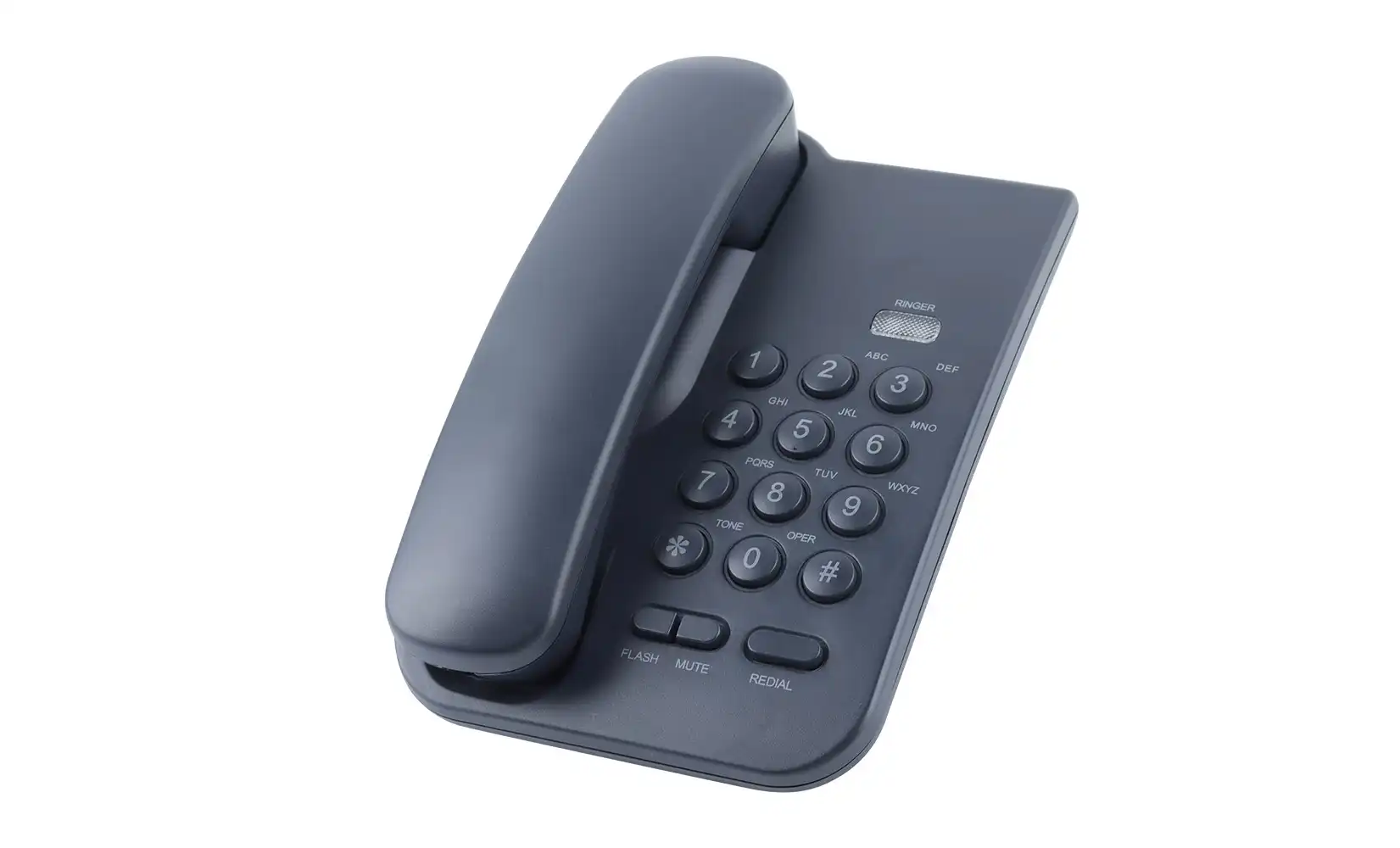 Deployment Strategies for Optimal Performance
Deployment Strategies for Optimal Performance
Network Configuration and Quality of Service
Configuring the network properly is essential for optimal performance of multi-line PBX office phones. Implement Virtual LANs (VLANs) to separate voice traffic from data traffic, reducing latency and improving call quality. Enable Quality of Service (QoS) settings on network switches and routers to prioritize voice packets over other types of data.
Consider implementing redundant network paths to ensure continuous communication in case of network failures. Configure network security measures such as firewalls and encryption to protect sensitive voice data. Regular network performance monitoring and adjustments are crucial for maintaining high-quality voice communications.
Phone Programming and Feature Customization
Proper programming of multi-line PBX phones is crucial for maximizing their functionality. Configure each phone with the correct network settings, including IP addresses, subnet masks, and gateway information. Set up user accounts and assign appropriate permissions based on individual roles and responsibilities.
Customize phone features to meet specific business needs. This may include setting up speed dial numbers, configuring voicemail systems, and programming line appearance buttons. Train users on how to effectively use these features to enhance their productivity. Regular updates and feature adjustments based on user feedback can significantly improve the overall user experience.
Testing and Troubleshooting Procedures
Thorough testing is essential before fully deploying a multi-line PBX system. Conduct comprehensive tests of all phone features, including call quality, line switching, and advanced functionalities. Test network performance under various load conditions to ensure consistent call quality during peak usage times.
Develop a systematic troubleshooting procedure for addressing common issues. This should include steps for diagnosing network problems, resolving audio quality issues, and handling hardware malfunctions. Train IT staff on these procedures to ensure quick resolution of any issues that may arise. Regular system audits and proactive maintenance can prevent many problems before they impact business operations.
Conclusion
Implementing multi-line PBX office phones requires careful planning, proper wiring, and strategic deployment. By following these best practices, businesses can create a robust and efficient communication system that enhances productivity and customer service. Regular maintenance and updates will ensure that the system continues to meet evolving business needs. With the right approach, multi-line PBX systems can provide a scalable and reliable communication solution for businesses of all sizes.
Scalable PBX-ready phones from top-tier suppliers | CHEETA
Shenzhen Cheeta Technology Co., Ltd. stands out as a premier manufacturer of analog telephones, boasting over 18 years of OEM/ODM expertise. Our state-of-the-art 1,200㎡ facility, staffed by 100+ skilled workers and 10 senior engineers, produces 1,000 analog units daily, ensuring swift delivery. We pride ourselves on maintaining CE and ROHS compliance, with a rigorous 11-step inspection process that keeps our failure rate below 1%.
Our commitment to innovation is evident in our weekly design sessions and global case studies, allowing us to rapidly adapt to customer needs. CHEETA's product range includes slim, compact, and wall-mountable phones, all designed for optimal functionality and space efficiency. For cutting-edge communication solutions, contact us at allen@cheeta.com.cn.

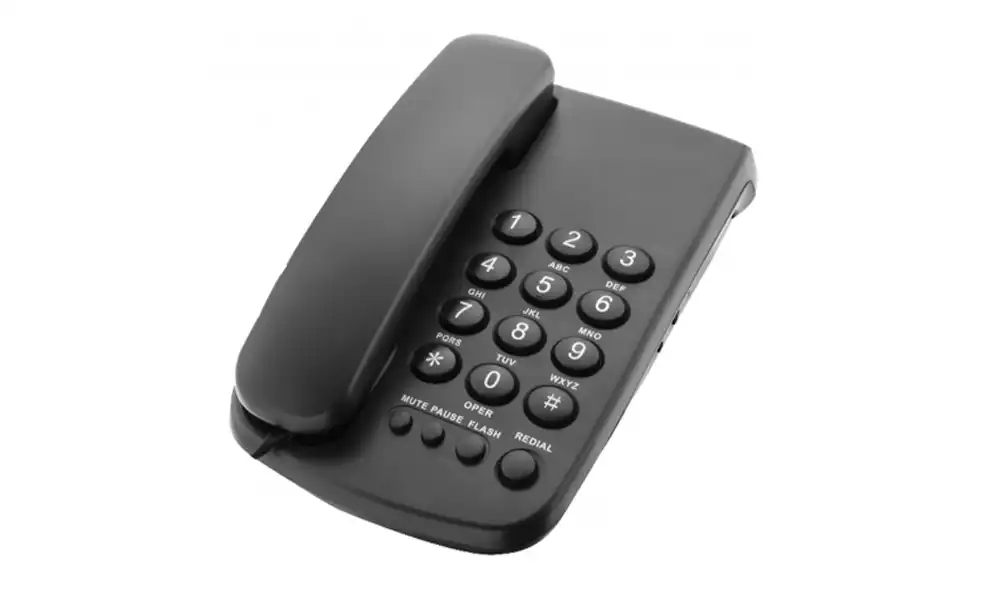 Multi-line PBX
Multi-line PBX 

